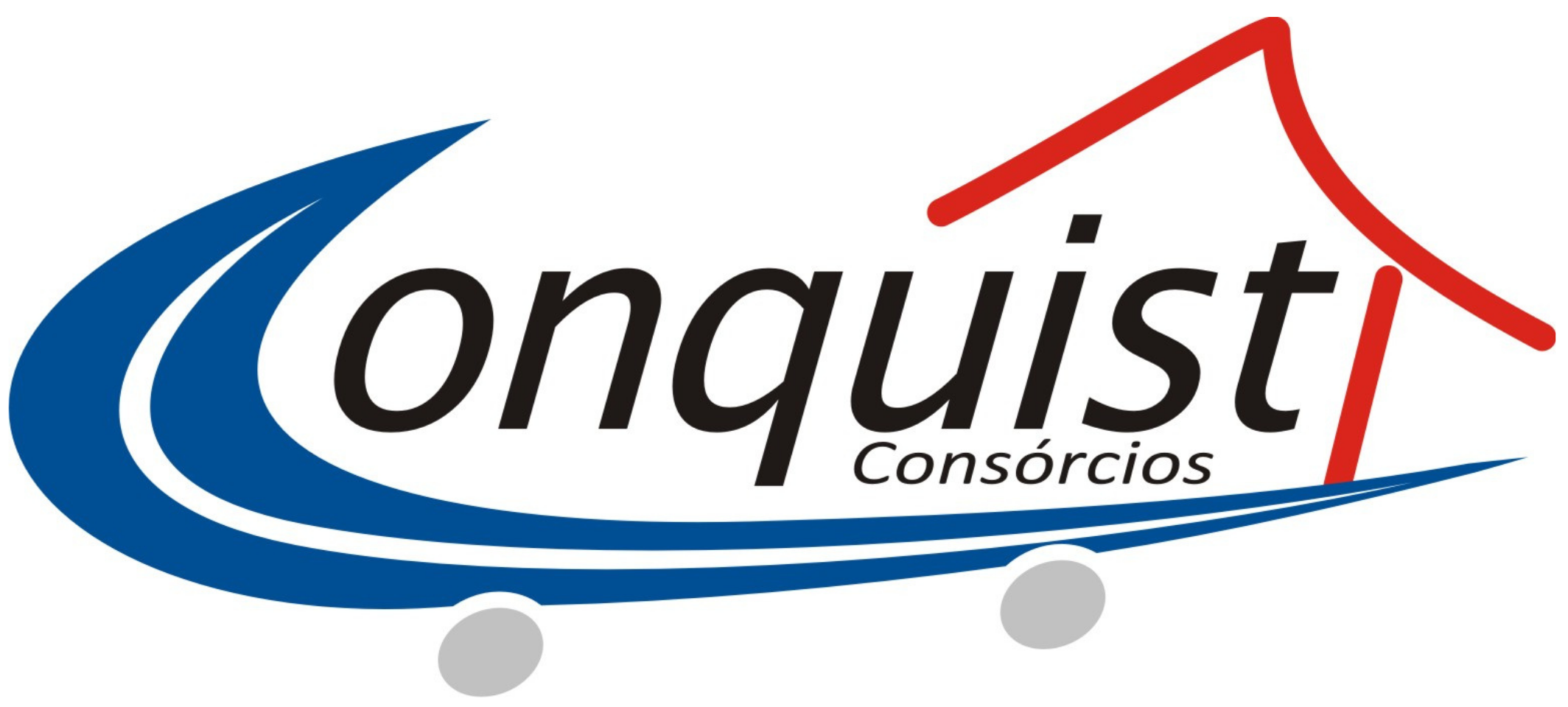A boardroom is a area used by a company’s board of directors. The board of directors is certainly comprised of individuals who are elected by shareholders to serve as their particular representative. Board members may be categorized in three primary types: couch, vice-chair, and non-voting members. The seat oversees the operations of the plank, maintains solid communication while using the CEO, and formulates organization strategies. Additionally, it represents operations to the public. Other significant duties of the chair contain preserving the integrity for the company.
To combat affirmation bias, board command must inspire diversity of believed among company directors. Boards that try to “fit in” are likely to select directors who acknowledge important concerns. While this tactic is fine in some instances, it tones up confirmation prejudice by permitting facts to back up shared views. Instead, boardrooms benefit from strenuous debate among directors with differing opinions. While this kind of practice may be more difficult to implement in the executive level, it has a sustainable impact on the success of a company.
There are differences among a boardroom and a conference room. Typically, boardrooms are bigger, and are also used for displaying data in digital form meetings and conferences. The type of room you decide on will depend on the nature of the event you intend to sponsor in that. Additionally, there are many commonalities between a boardroom and a conference area. As a company owner, it’s vital to choose the accurate room to meet your needs. In this case, a boardroom is the perfect decision for your company.

